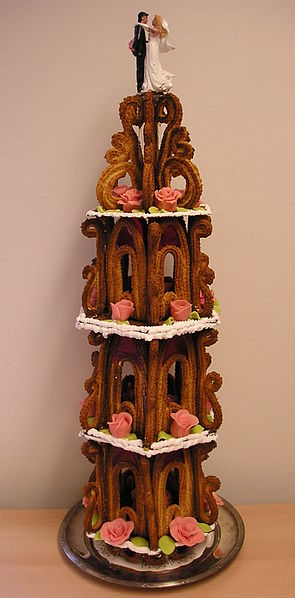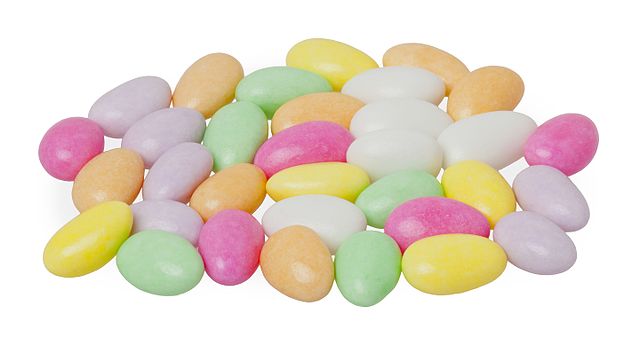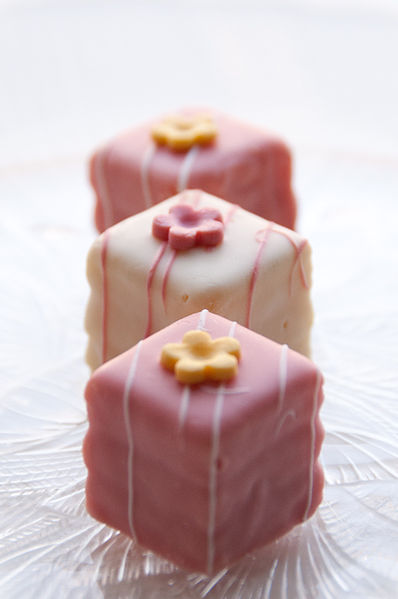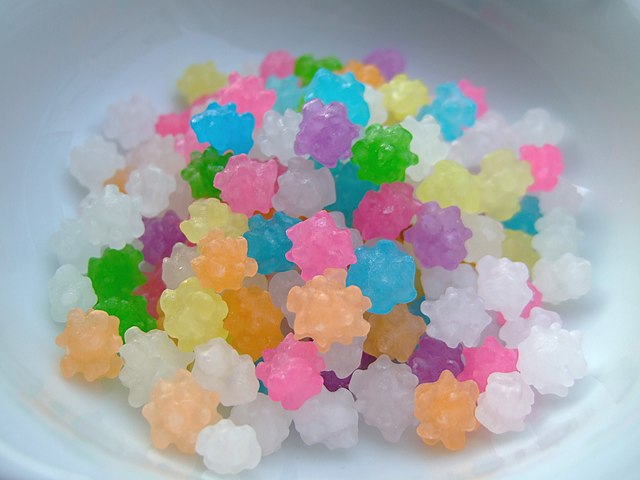Confectionery is the art of making confections, which are food items that are rich in sugar and carbohydrates. Exact definitions are difficult. In general, however, confectionery is divided into two broad and somewhat overlapping categories: bakers' confections and sugar confections. The occupation of confectioner encompasses the categories of cooking performed by both the French patissier and the confiseur.
This Krokan is a traditional Scandinavian baker's confection.
Some Indian confectionery desserts from hundreds of varieties. In certain parts of India, these are called mithai or sweets. Sugar and desserts have a long history in India: by about 500 BCE, people in India had developed the technology to produce sugar crystals. In the local language, these crystals were called khanda (खण्ड), which is the source of the word candy.
Jordan almonds. Sugar-coated nuts or spices for non-medicinal purposes marked the beginning of confectionery in late medieval England.
Petits fours are baker's confections.
Candy, alternatively called sweets or lollies, is a confection that features sugar as a principal ingredient. The category, also called sugar confectionery, encompasses any sweet confection, including chocolate, chewing gum, and sugar candy. Vegetables, fruit, or nuts which have been glazed and coated with sugar are said to be candied.
Candy at a bazaar in Damascus, Syria
A Japanese vendor selling sweets in "The Great Buddha Sweet Shop" from the Miyako meisho zue (1787)
Konpeitō is a traditional Japanese sugar candy. When finished, it is almost 100% solid sugar.
Fruit-shaped hard candy is a common type of sugar candy, containing sugar, color, flavor, and a tiny bit of water.








